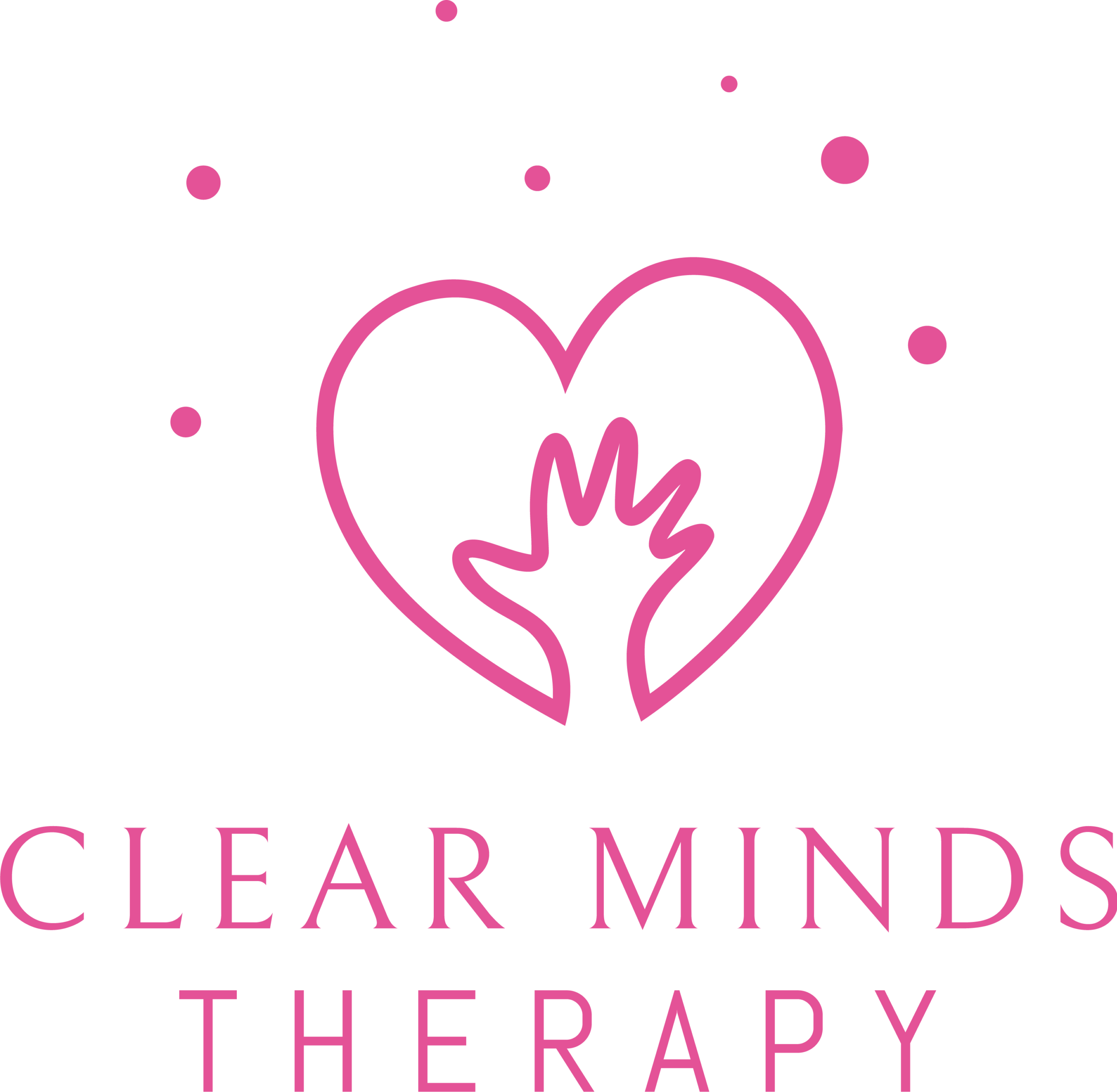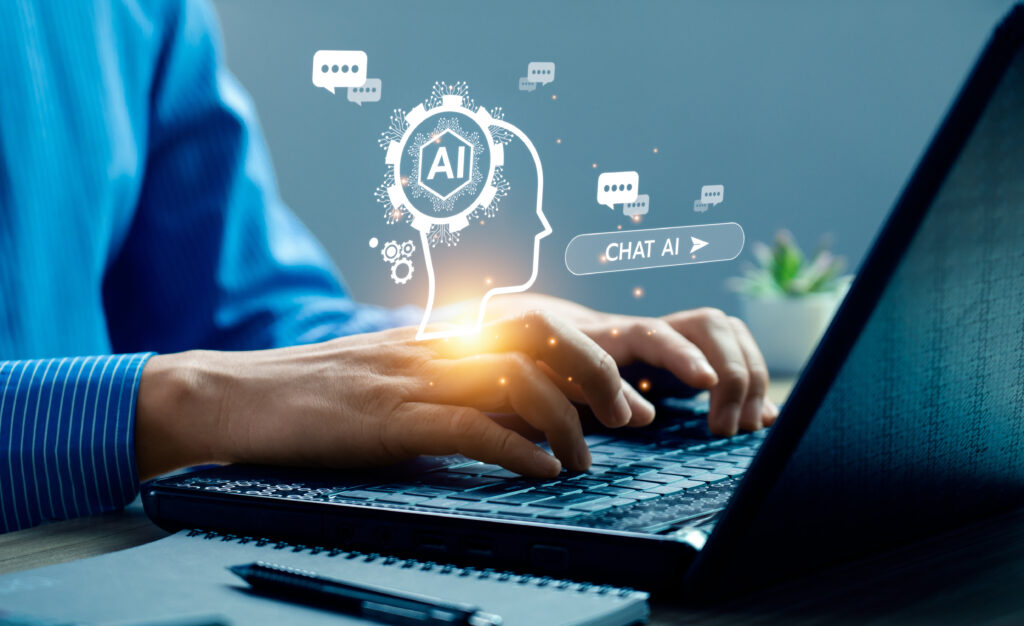Artificial Intelligence (AI) has quietly made its way into our everyday lives. From the music playlists we listen to, to the online shopping recommendations we receive, AI is behind the scenes, shaping experiences. In recent years, AI has also started to influence one of the most sensitive areas of our lives: mental health and emotional wellbeing.
The rise of AI-powered chatbots, therapy apps, and wellness trackers is offering people new ways to explore their emotions, manage stress, and even feel less lonely. But along with the promise of accessibility and innovation, there are serious concerns about overuse, emotional dependency, and blurred boundaries between human connection and machine interaction.
So, is AI a mental health ally, or could it be making things worse? Let’s unpack the conversation.
The Promise of AI in Mental Health
One of the biggest challenges in mental health care is accessibility. In the UK, for example, NHS waiting times for therapy can stretch into months. Many people cannot afford private counselling, leaving them without support during times of need. This is where AI steps in as a potential bridge.
- Accessibility and 24/7 Availability
AI tools, whether chatbots or mood-tracking apps, are available around the clock. For someone experiencing anxiety at 3am, typing into a chatbot may feel more supportive than sitting alone in silence. It doesn’t replace therapy, but it can be a stopgap.
- Non-judgemental Listening
Some users find it easier to “talk” to AI than to people. There’s no fear of stigma, no embarrassment, and no worry about burdening loved ones. This non-judgemental space can act as an entry point for people who might otherwise avoid discussing their mental health.
- Personalisation
AI can analyse patterns in mood, behaviour, and even speech. For example, mental health apps can track sleep and stress levels, offering reminders to meditate, hydrate, or move. With the right safeguards, this level of personalisation could encourage healthier daily habits.
- Early Intervention
There’s growing research into AI’s ability to flag risk factors for mental health decline. For instance, subtle changes in online behaviour, like word choice or posting frequency might help predict depressive episodes. While this is still experimental, it could play a vital role in prevention.
The Risks and Red Flags
While the possibilities are exciting, there’s a darker side to consider. Social media is buzzing with discussions around “AI psychosis” a term used to describe people losing their grip on reality after prolonged reliance on chatbots.
- Emotional Dependency
AI chatbots are designed to respond in ways that feel empathetic. But they don’t truly understand emotion. When users begin turning to AI for companionship or emotional comfort, it can create unhealthy dependency. The danger is that people may stop reaching out to real friends, family, or professionals.
- Blurring the Line Between Reality and Simulation
Excessive AI interaction can lead to blurred boundaries. If someone begins to treat a chatbot as a confidant, friend, or even a romantic partner, it risks distorting their expectations of human relationships. For vulnerable individuals, this can be particularly destabilising.
- Privacy and Data Concerns
Mental health data is some of the most sensitive information a person can share. Many AI tools collect and store user data, raising ethical concerns about who has access to this information, how it’s used, and whether it could ever be exploited for profit.
- Misinformation and Inappropriate Advice
AI systems are not infallible. Chatbots may provide incorrect or even harmful advice if prompts are misunderstood. Unlike trained professionals, AI lacks accountability, nuance, and the ability to adapt to complex human circumstances.
The Bigger Picture
Beyond therapy apps, AI also plays a powerful role in shaping our emotional landscape on social media. Algorithms decide which posts we see, often prioritising emotionally charged content because it generates more engagement. While this can amplify important mental health conversations, it can also expose users to overwhelming or triggering material.
For example, stories about trauma, grief, or sensitive life events can be pushed repeatedly into someone’s feed, sometimes when they least expect it. This type of “digital haunting” has been linked to increased anxiety and emotional re-triggering.
In short, AI doesn’t just affect how we talk about mental health, it influences what we see and how we feel online.
Finding Balance
So, how can we benefit from AI tools without falling into their traps? Here are some practical ways to strike a healthier balance:
- Use AI as a supplement, not a substitute. Chatbots and apps can support, but not replace, human relationships and professional care.
- Set time boundaries. Limit AI chatbot use to specific moments, such as journaling feelings, rather than all-day conversations.
- Stay mindful of your emotions. Ask yourself: Do I feel better or worse after using this tool? If it’s increasing isolation or dependence, it may be time to take a break.
- Protect your privacy. Read the data policies of mental health apps and avoid oversharing sensitive details unless you trust the provider.
- Prioritise human connection. Balance AI use with conversations with real people—friends, family, therapists, or support groups.
A Balanced Future
AI has the potential to revolutionise mental health care, making support more accessible, personalised, and proactive. But it also carries risks if used without boundaries or oversight.
The truth is that AI is neither friend nor foe, it’s a tool. How we choose to use it will determine whether it becomes a helpful companion or a harmful distraction.
As mental health conversations continue to grow, it’s vital to keep both the opportunities and dangers in view. AI can guide, but it can’t heal. For that, we still need empathy, connection, and the irreplaceable presence of human relationships.

